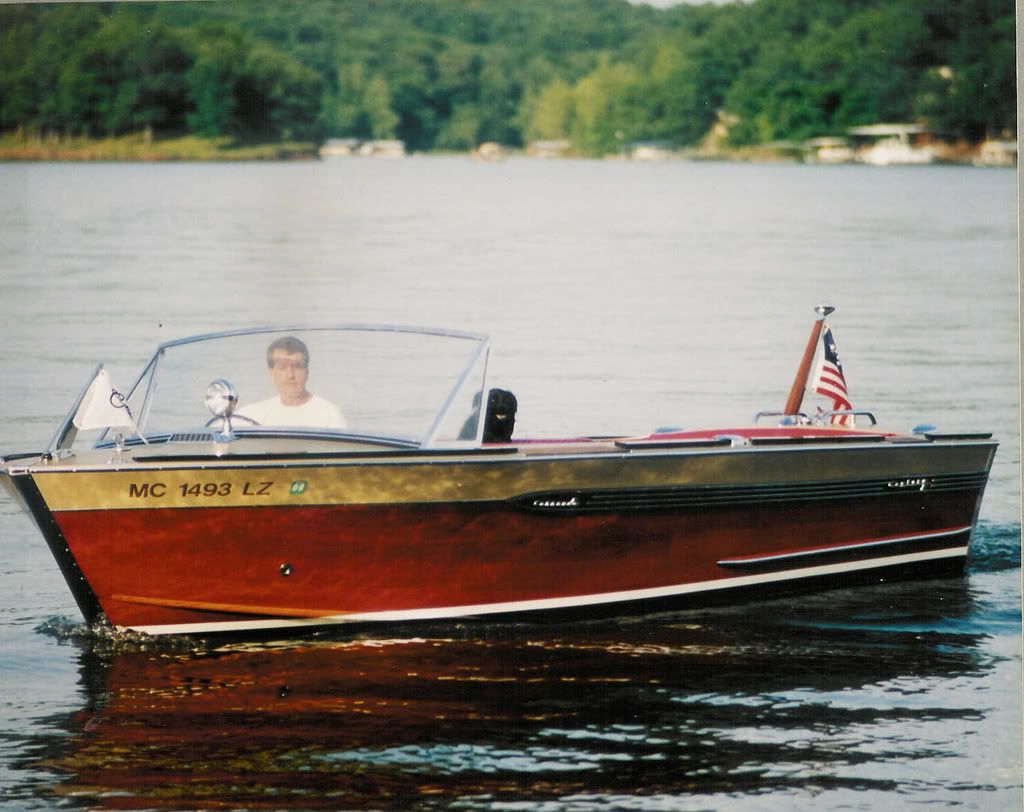- 17
- 2
Very cool find. That's the first marine 427 I've seen with press in freeze plugs. All the marine 427's I've seen and had used screw in brass freeze plugs. What year boat is it in? The block was not cast as a sideoiler (but machined as a topoiler) as most were. Interesting.

